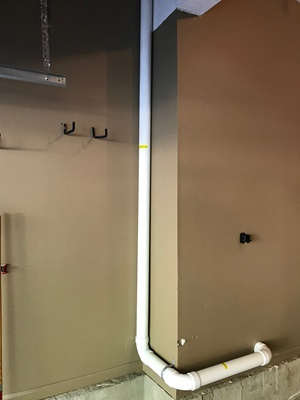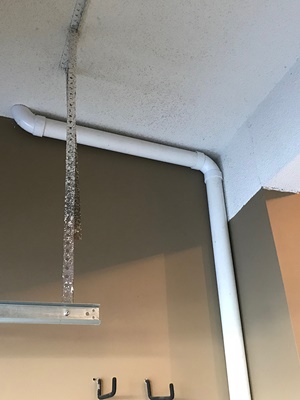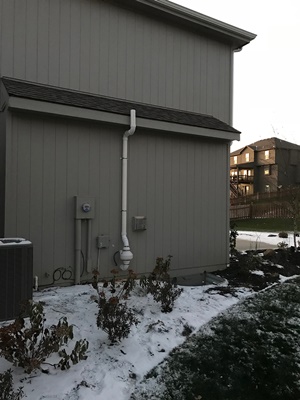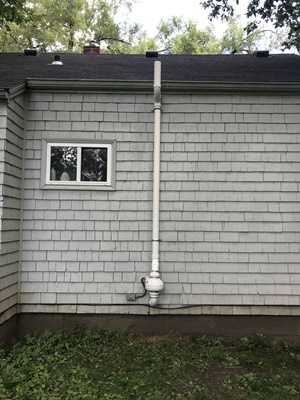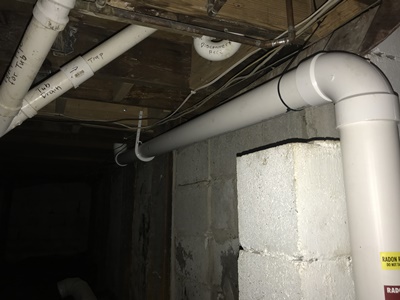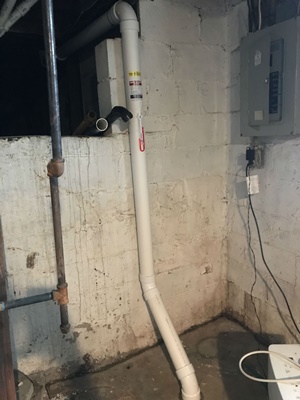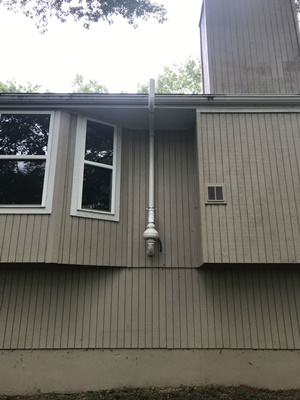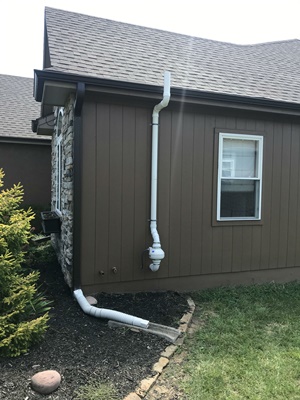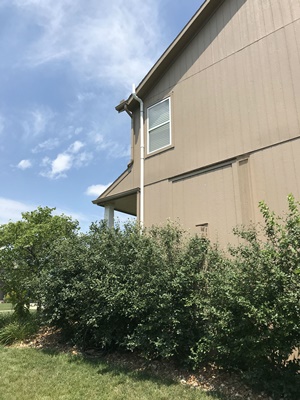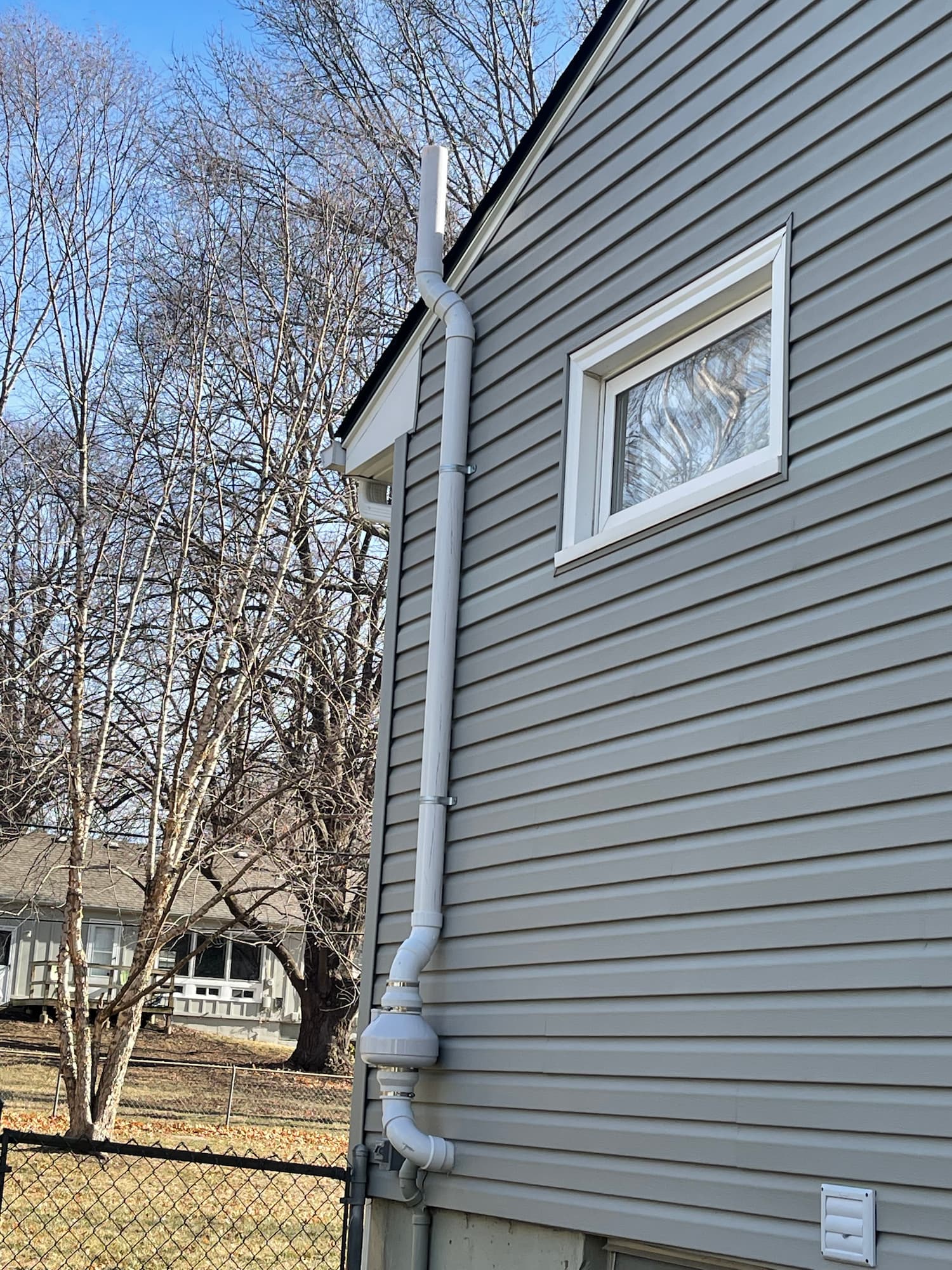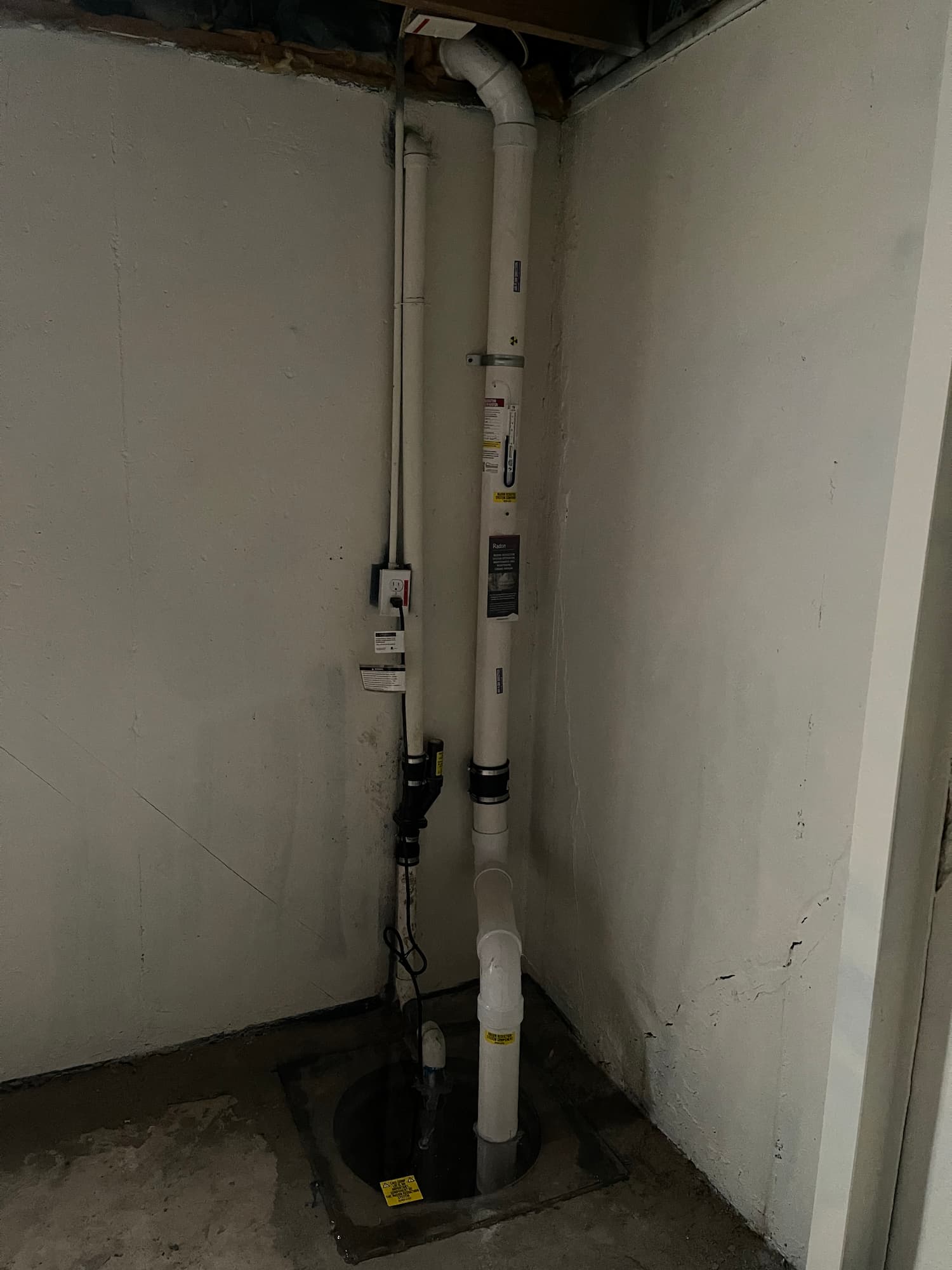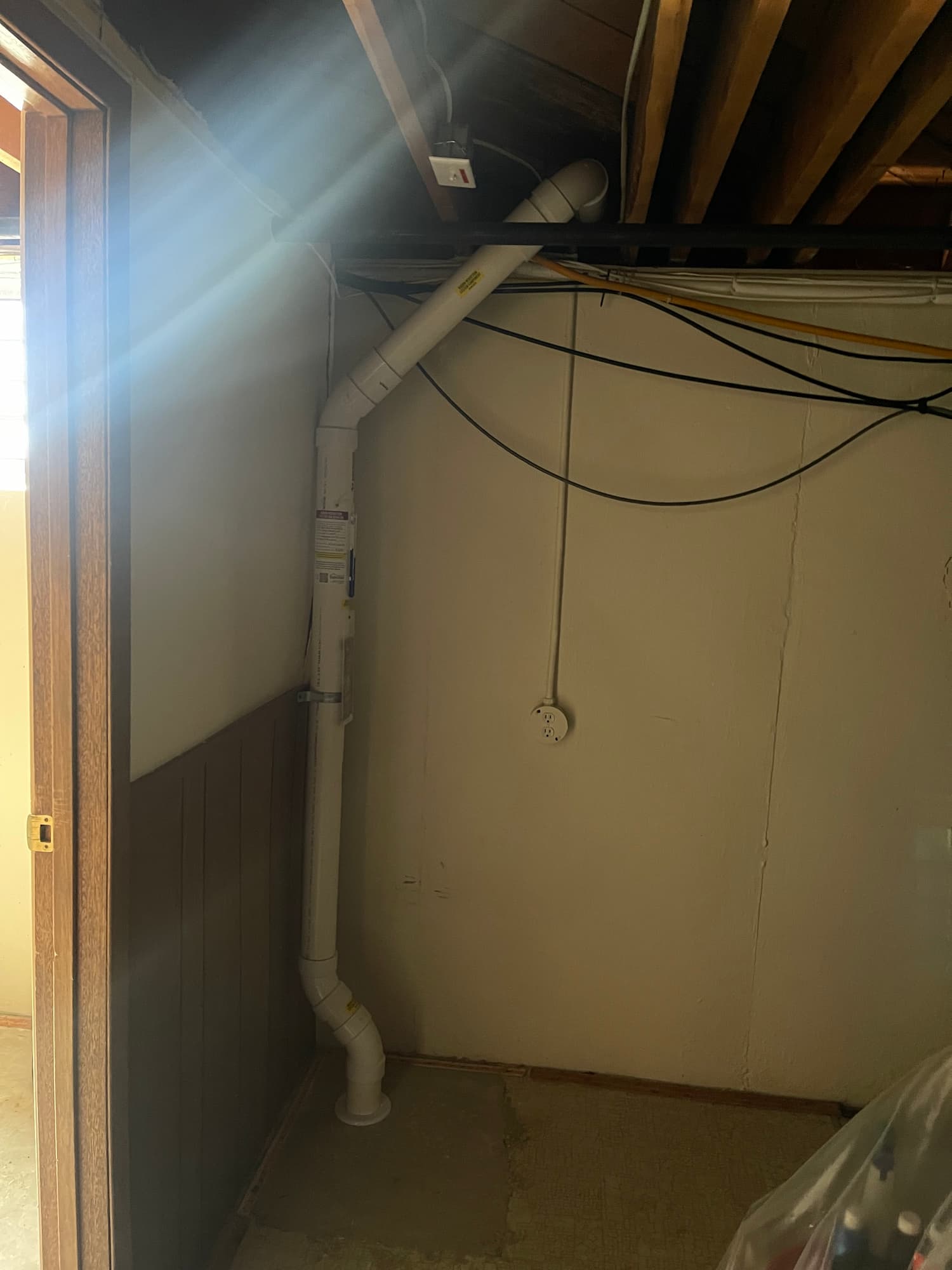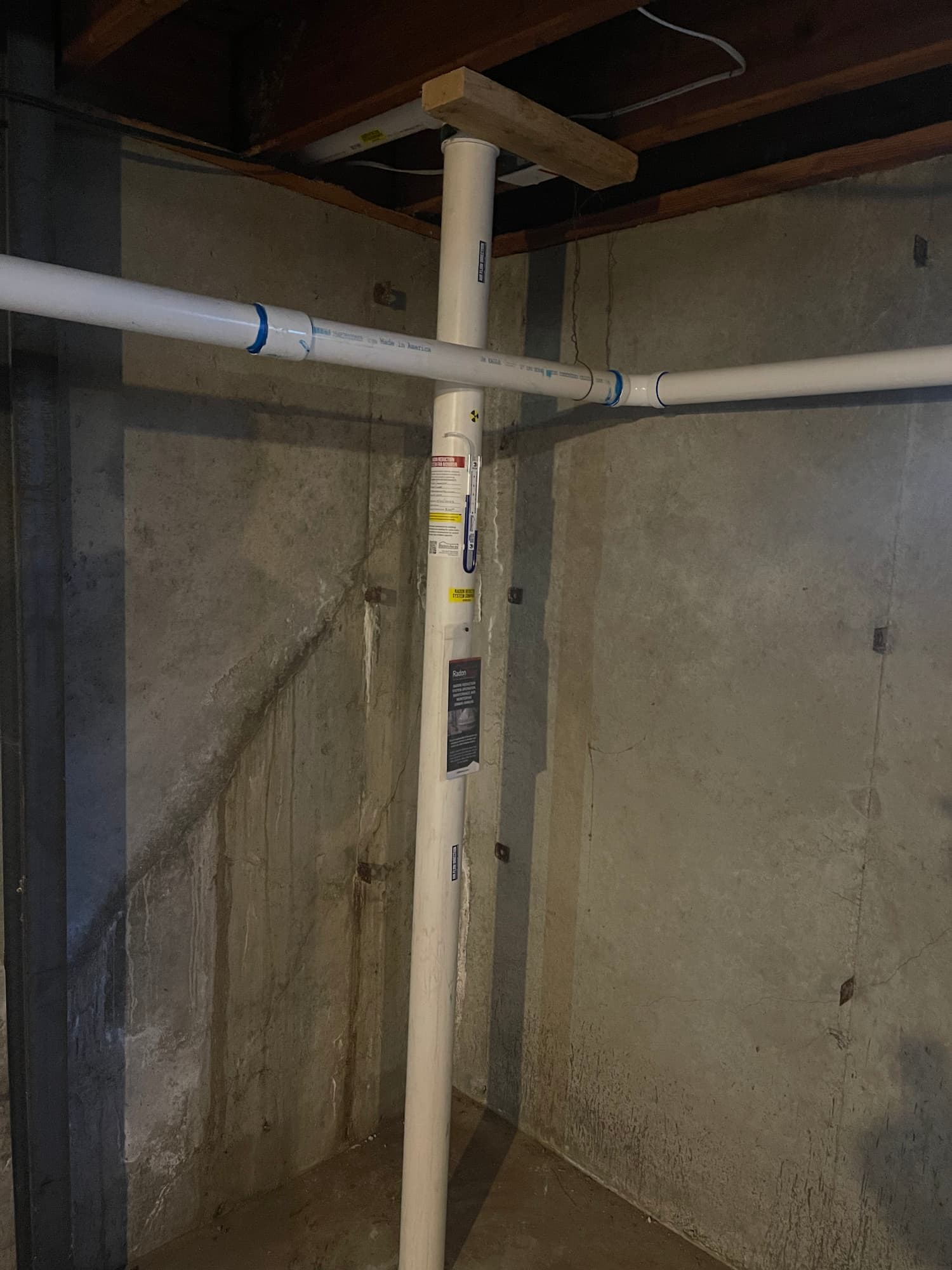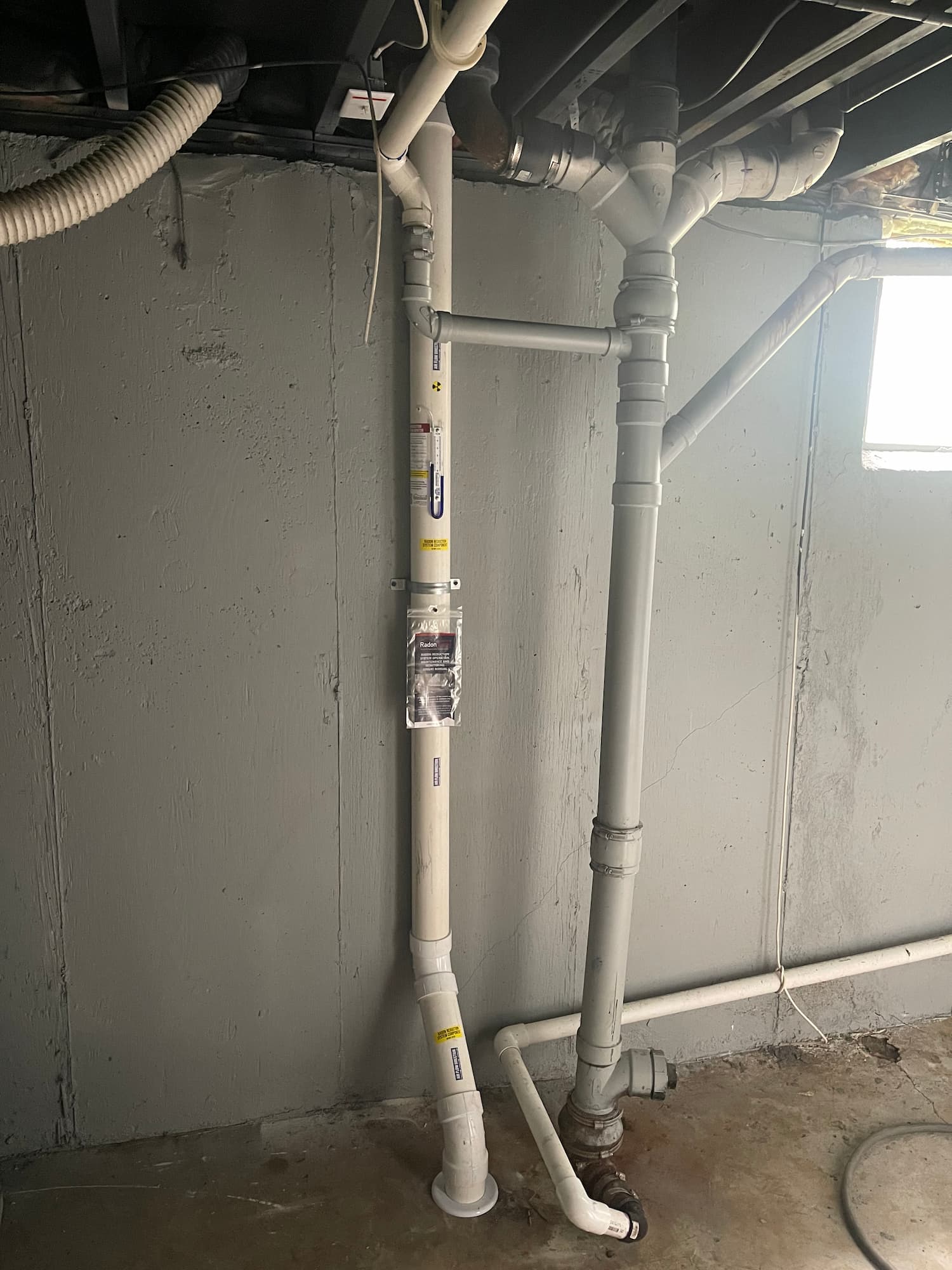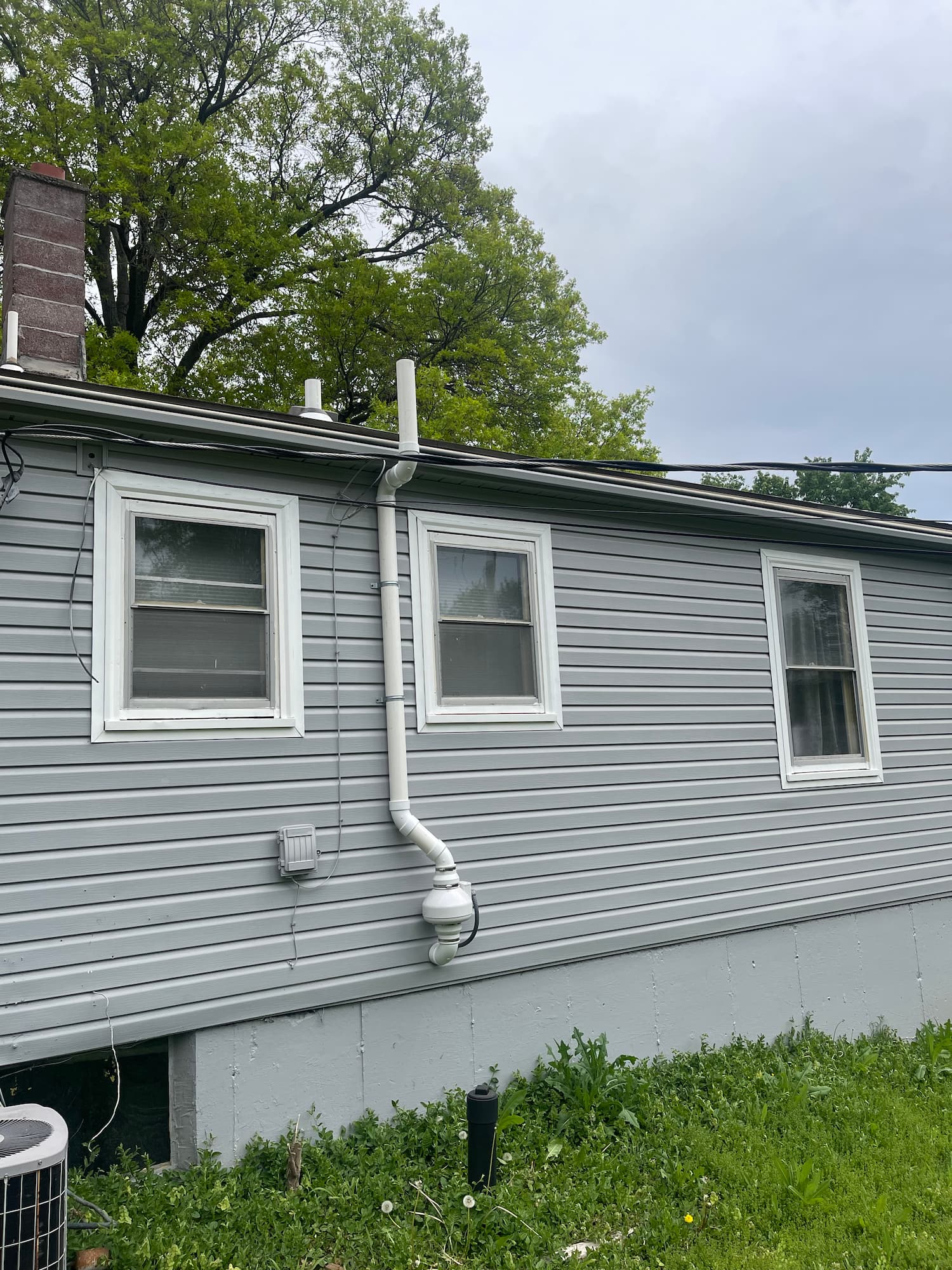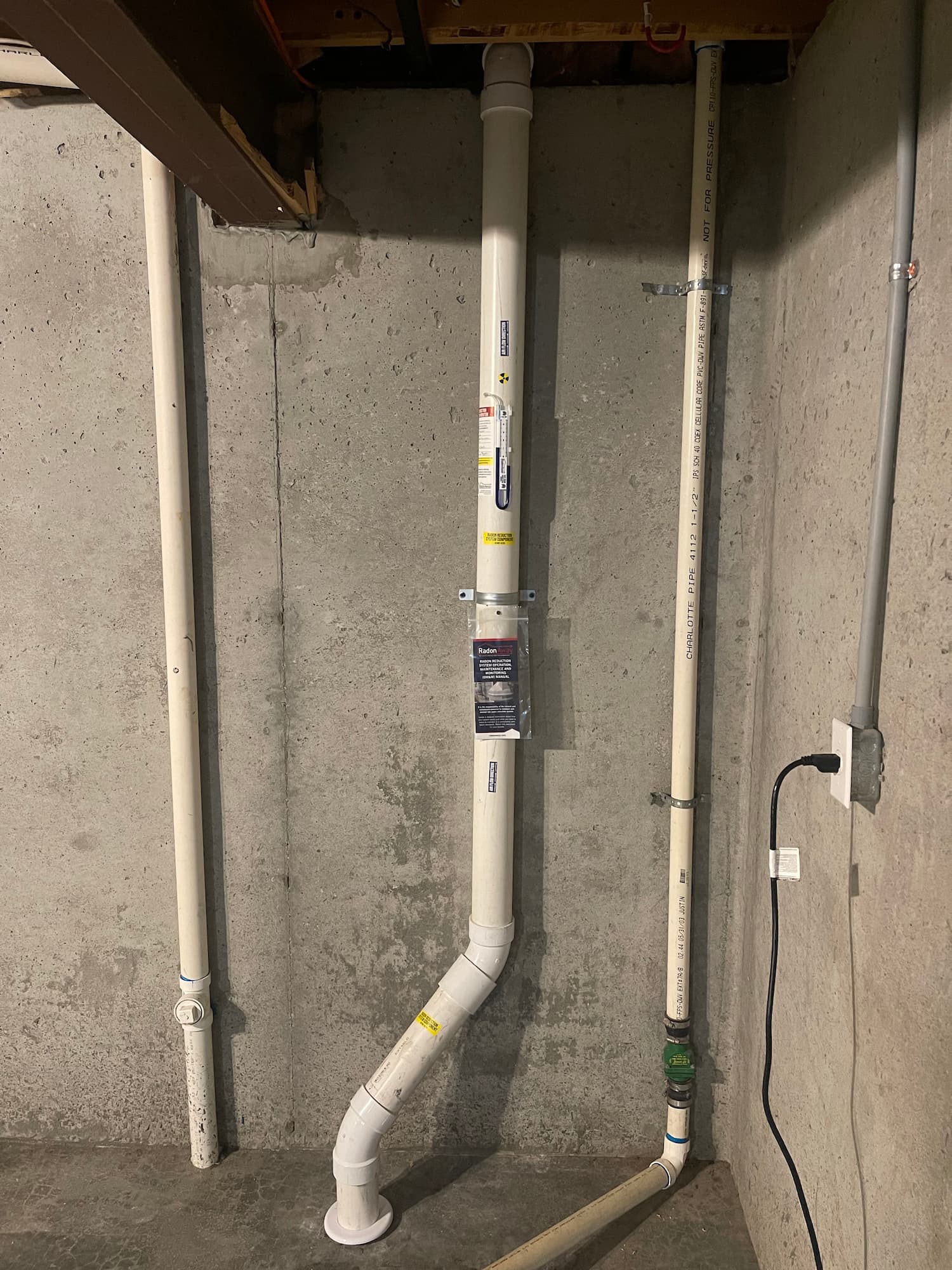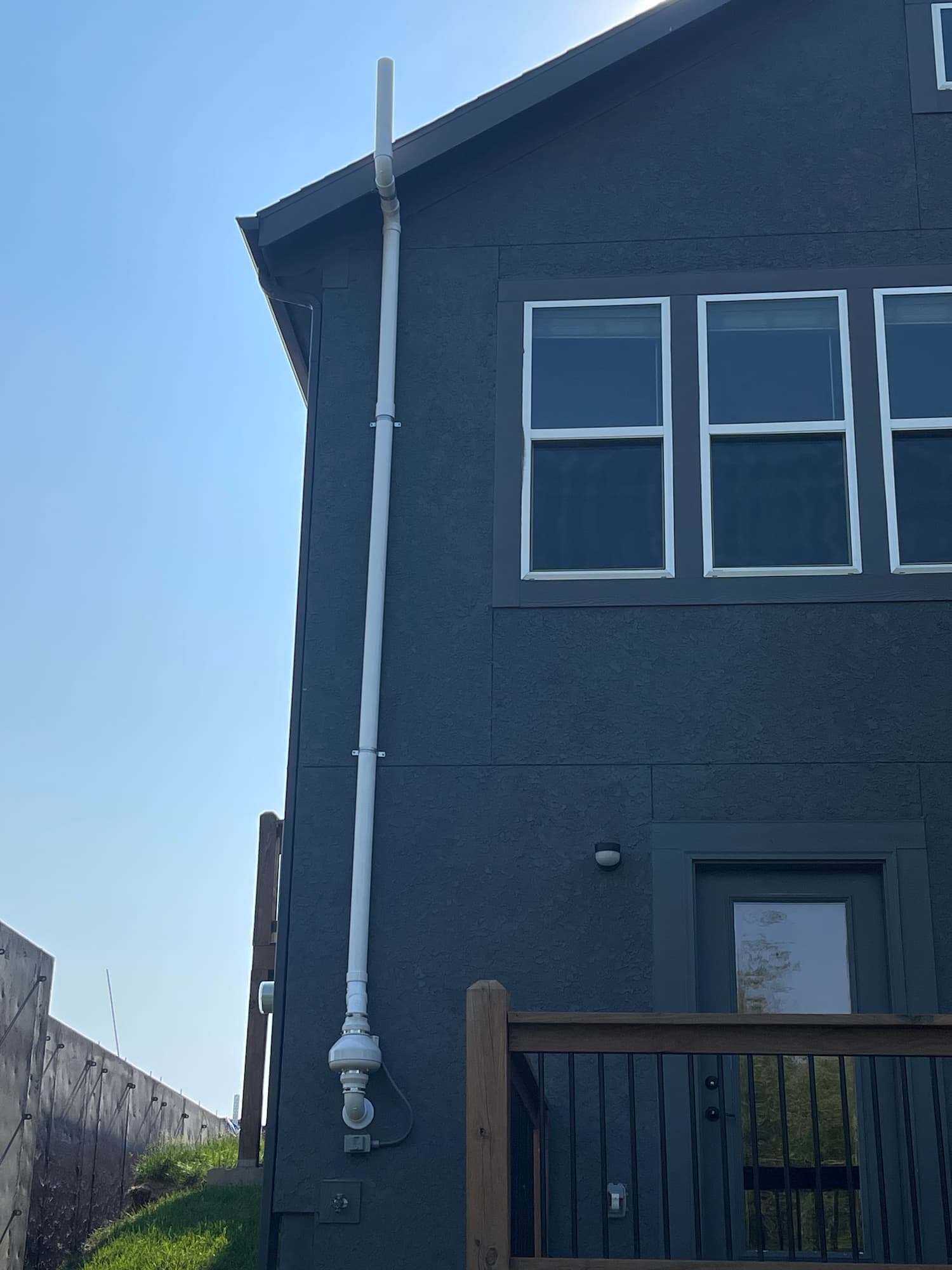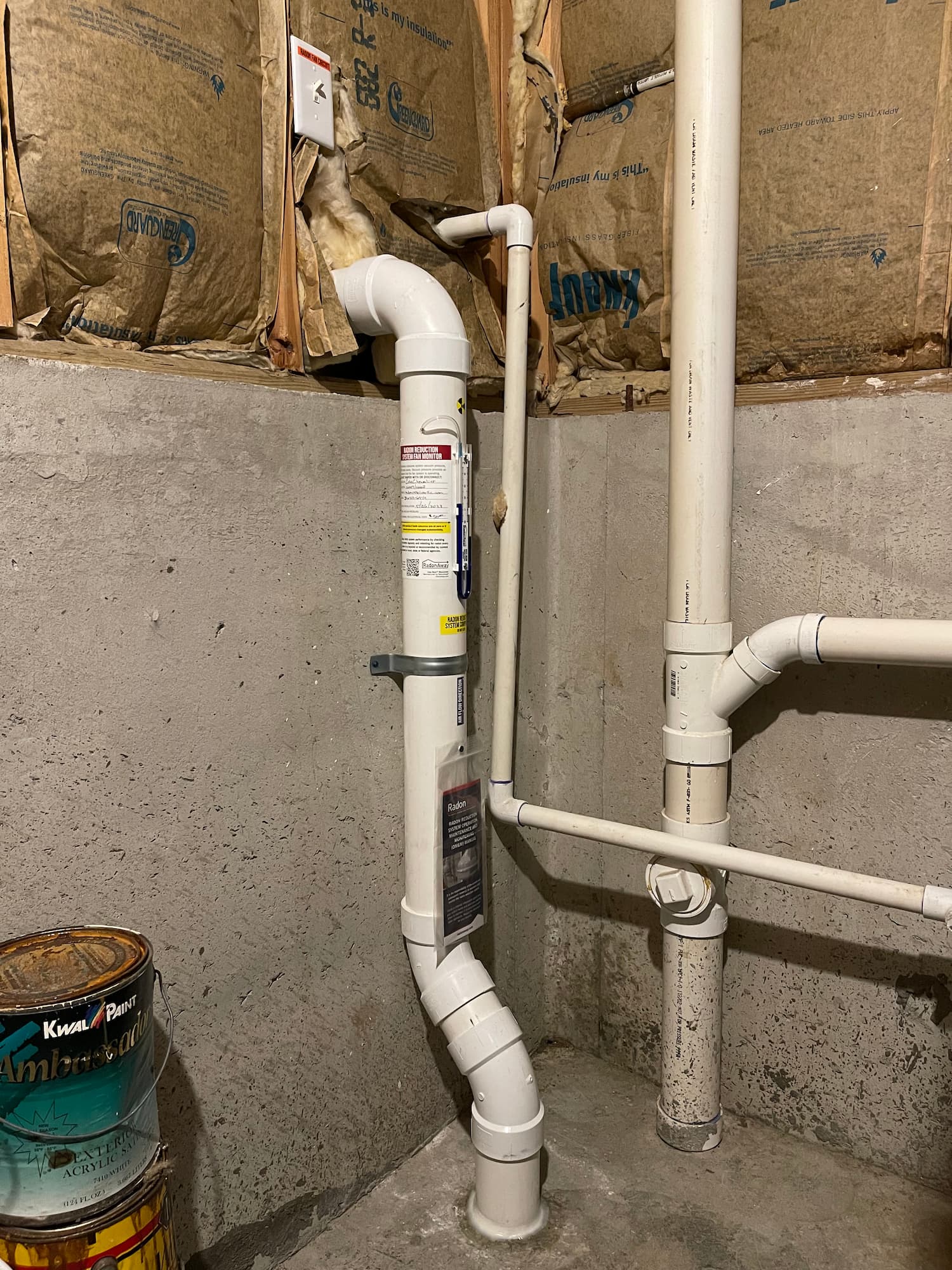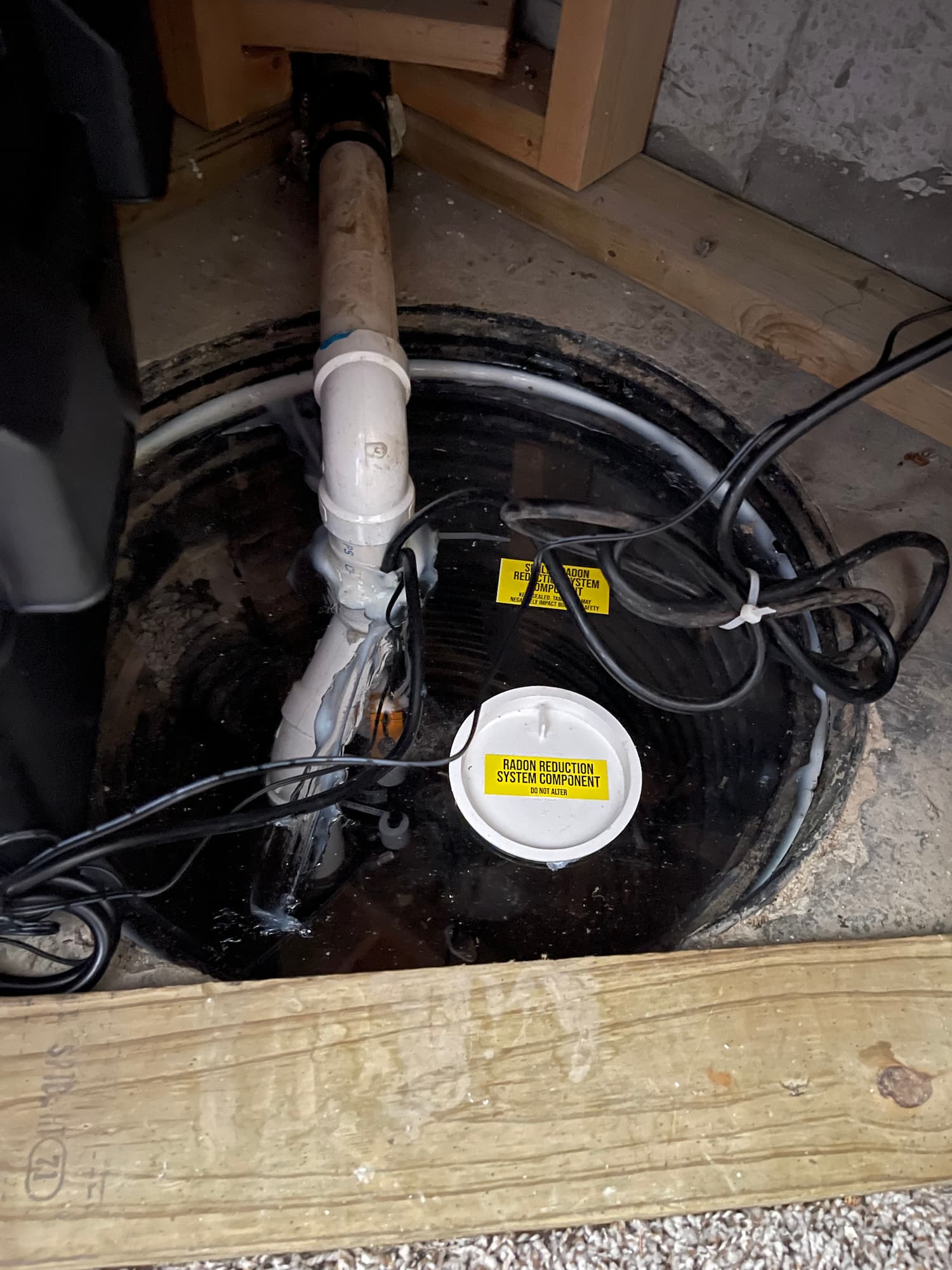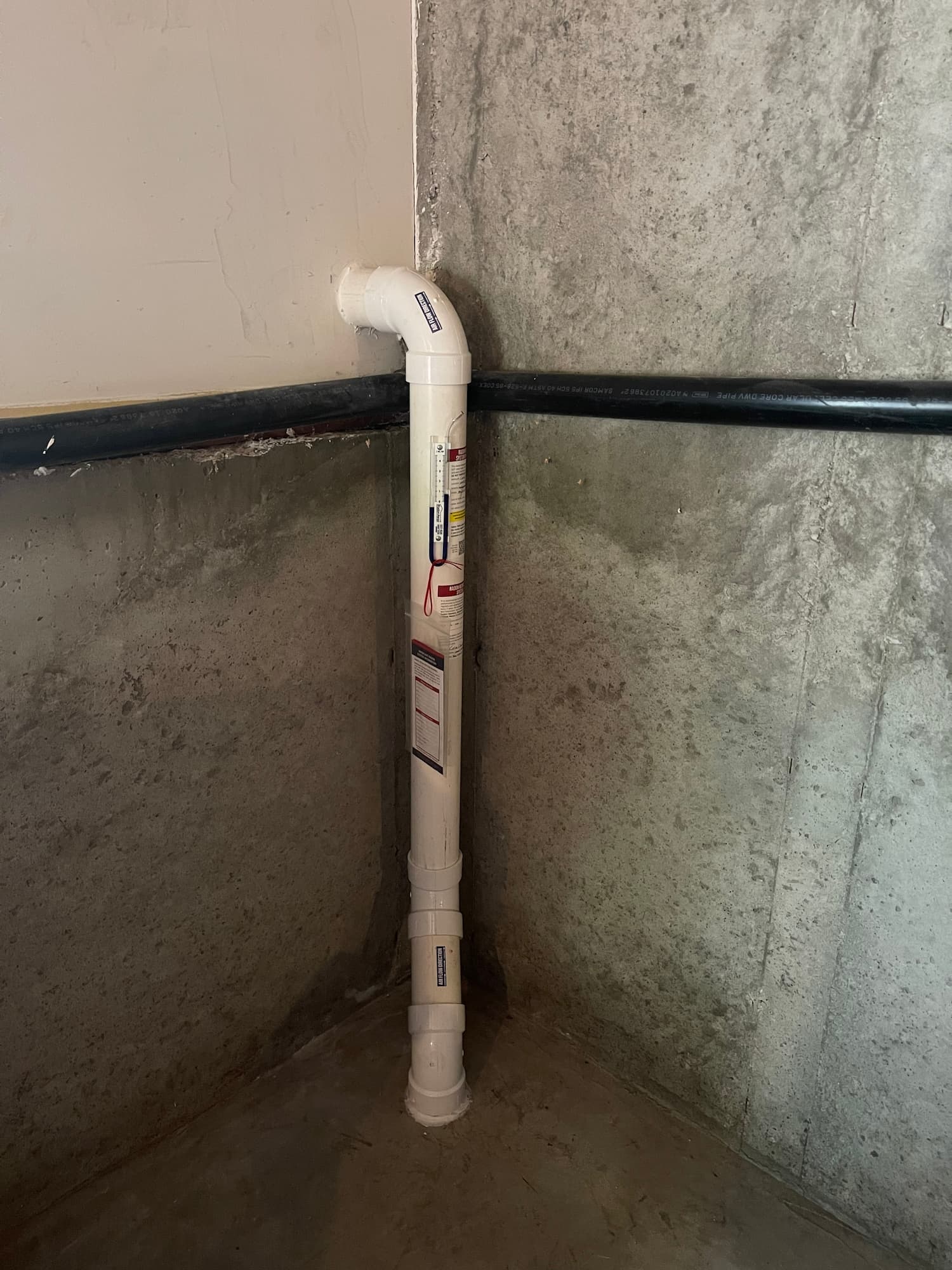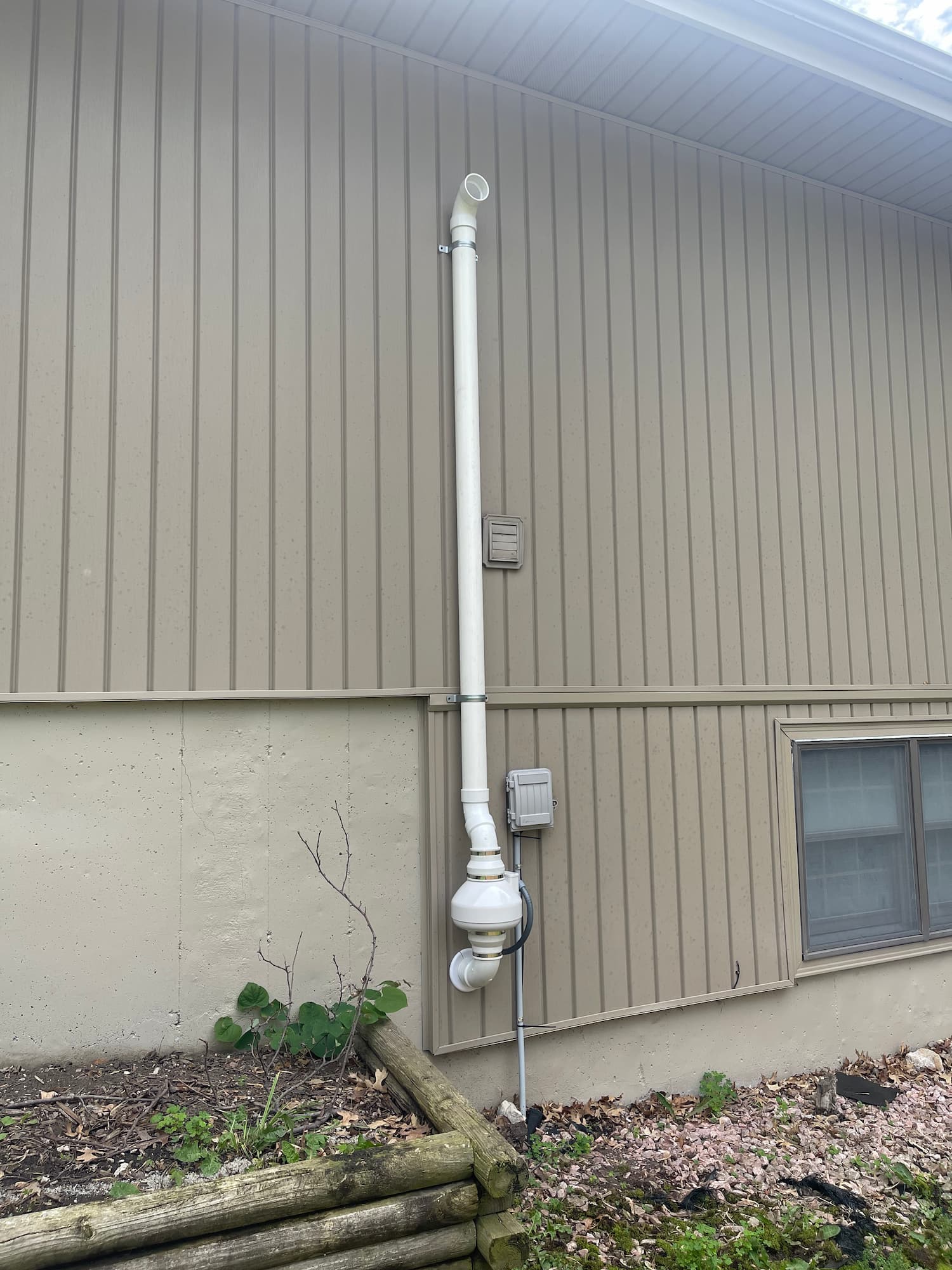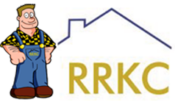RADON TESTING & MITIGATION
The map below shows the potential of having low to high radon levels per county in Missouri and Kansas. This map is not intended to be used to determine if a home in a given zone should be tested for radon. Homes with high levels of radon have been found in all three zones. All homes should be tested regardless of location.
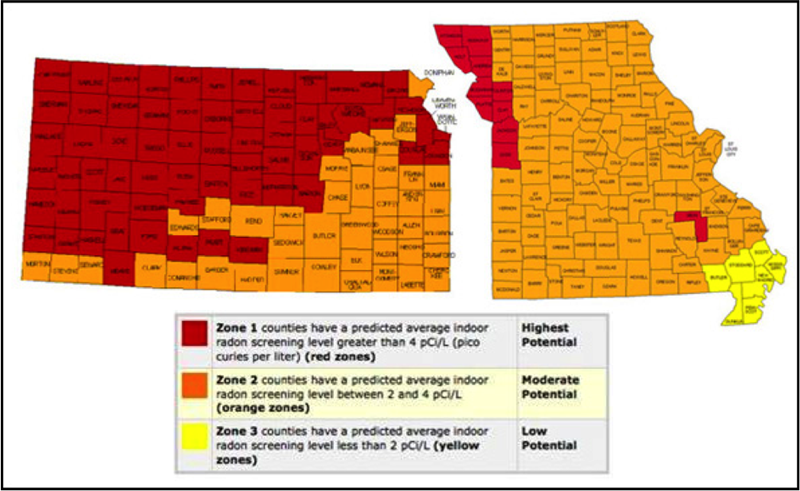
RADON TESTING
The Environmental Protection Agency recommends testing for radon at least every two years but can always test more frequently for peace of mind. Radon Resolver Technicians are professionally trained to conduct radon tests. The testing device, a continuous radon monitor, is a calibrated instrument that will be placed in the lowest level of a structure for occupancy. Radon test requires a minimum of 48-hour test period with 12 hours of “closed-house conditions” prior to conducting the test. Closed-house conditions mean that all windows need to be closed for at least 12 hours before the radon test is conducted but normal entry and exit through doors is allowed.
Once the 48 hour period has passed, a Radon Resolver technician will retrieve the continuous radon monitor. The technician will then transfer the results collected from the radon test to a radon report, which will be provided to the customer. If the radon test comes back showing radon levels above the EPA recommended 4.0 pCi/L, all options on how to resolve the radon issue will be discussed at that time. The EPA recommends testing every 2 years.
WHAT TO DO WHEN YOUR HOME TESTS HIGH FOR RADON?
The most cost-effective method of radon removal is the active depressurization system (ADS), also known as a radon mitigation system. This system draws the radon gas from under the slab of your home and exhausts it through 3” schedule 40 PVC pipe using a specially designed fan, following EPA standards. These systems can be installed on the exterior or interior part of your home. For an exterior system, the fan is mounted on the outside of the home; interior systems, the fan is mounted in the attic of the home and exhausted through the roof. The third radon mitigation option is a crawl space mitigation, for homes that have a crawl space, or a combination of a crawl space and basement. For a concrete-floored crawl space all cracks will be sealed with caulking, whereas, a gravel or soil floored crawl space, an airtight plastic membrane (also known as a vapor barrier) will be placed over the crawl space and sealed airtight. For the mitigation system of a crawl space, it will use an airtight pipe and potentially a fan to create a suction point and remove radon gas from under the floor and/or vapor barrier. All three of radon mitigation system options are maintenance free and a visual indicator is installed on the PVC pipe near the suction point, allowing the homeowner to see that the system is operating properly.
Call Radon Resolver KC at (816) 213-6514 or schedule your test online today!
SERVING THE KANSAS CITY METRO AREA
